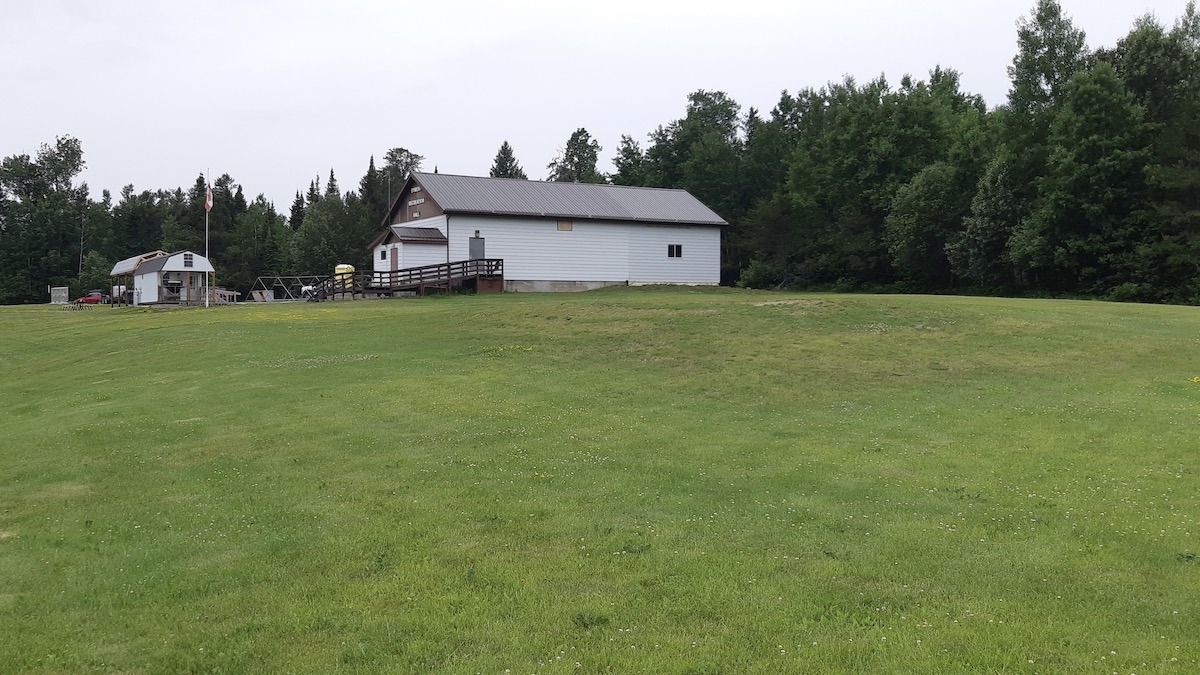
Home to the communities of Dyment and Borups Corners
Nestled in the vast wilderness of Northwestern Ontario, Melgund Township, along with the unorganized communities of Dyment and Borups Corners, holds a rich history shaped by the Canadian Pacific Railway, mining, logging, and the resilience of its early settlers. These areas, while seemingly remote today, were once vibrant hubs of activity, playing a significant role in the development of the region.
The Arrival of the Railway and Early Settlement
The story of Melgund Township and its surrounding communities is intrinsically linked to the construction of the Canadian Pacific Railway (CPR) in the late 19th century. As the railway pushed westward, it opened up vast tracts of land for resource extraction and settlement. The CPR reached this area in the 1880s, creating demand for timber to build the railway itself and subsequently facilitating the transport of lumber out of the region.
Dyment, in particular, owes its existence directly to the railway. It was established as a divisional point and siding along the CPR line. The community was named after Albert Dyment, a prominent local businessman and politician who was involved in the lumber industry. Sawmills quickly sprang up, transforming the dense forests into valuable timber products. The availability of work in the logging camps and sawmills attracted settlers, leading to the growth of a small but bustling community. Dyment became a vital point for freight and passenger services, connecting the isolated region to the rest of Canada.
Borups Corners, located a short distance from Dyment on the Trans-Canada highway, also emerged as a small settlement, likely serving as a localized service point for farmers and logging operations in the surrounding rural areas. While perhaps not as industrially focused as Dyment, it represented the dispersed nature of early settlement in the township.
Logging and Lumber: The Economic Backbone
For decades, the mining, logging and lumber industries were the lifeblood of Melgund Township. The extensive stands of pine and spruce provided ample raw material for the sawmills at Dyment and other smaller operations throughout the township. Loggers, often enduring harsh conditions, felled trees and transported them to the mills, where they were processed into lumber, ties, and other wood products. This industry not only provided employment but also fueled the local economy, supporting general stores, boarding houses, and other essential services.
The economic prosperity brought by logging was not without its challenges. The work was dangerous, and the fortunes of the communities often ebbed and flowed with the demand for timber. Fires were a constant threat to both the forests and the settlements.
Community Life and Challenges
Life in Melgund Township, Dyment, and Borups Corners during the early 20th century was characterized by a strong sense of community spirit and self-reliance. Despite the rugged environment and often difficult living conditions, residents built schools, churches, and community halls, fostering a vibrant social fabric. Children attended one-room schoolhouses, and social gatherings often revolved around church events, dances, and local sports.
Access to goods and services was often limited, and residents relied heavily on what could be produced locally or brought in by train. Winters were long and harsh, testing the endurance of the settlers.
Decline and Enduring Legacy
As the 20th century progressed, changes in the logging industry, the decline of railway passenger service, and improved road networks gradually led to a shift in the dynamics of these communities. Many of the large-scale logging operations moved on, and smaller mills found it difficult to compete. The automobile made it easier for residents to travel to larger centers for services, diminishing the need for localized hubs like Dyment and Borups Corners.
Today, Melgund Township remains a sparsely populated area, known for its natural beauty and outdoor recreational opportunities. While the bustling railway town of Dyment and the small settlement of Borups Corners are now but a shadow of their former selves, their legacy endures. The foundations of old buildings, the faint traces of railway sidings, and the stories passed down through generations serve as reminders of the hardy individuals who built lives in this part of Northwestern Ontario. They are a testament to an era when the railway and the forest shaped the destiny of communities, leaving an indelible mark on the history of the region.




